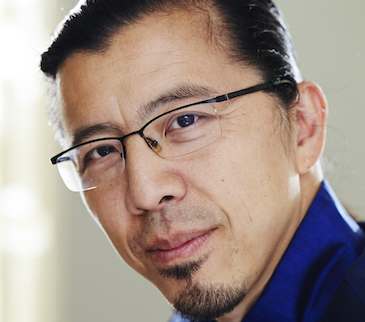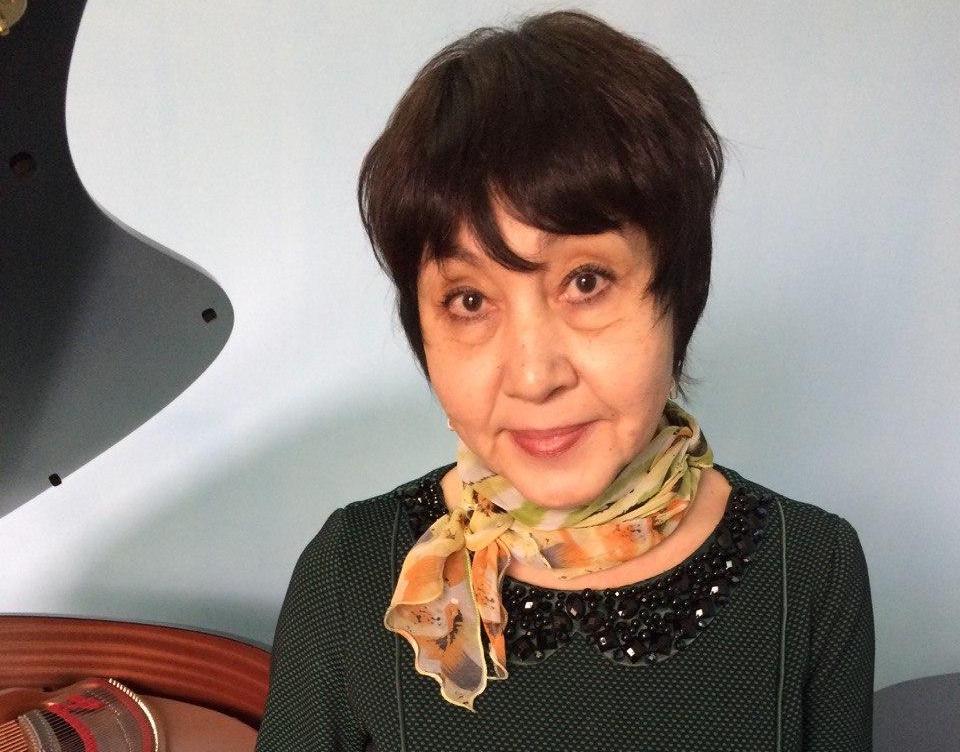The Teacher
It is of fundamental importance that the teacher carries a substantial volume of knowledge. Because we talk about music, the amount is truly inexhaustible. In addition to theory, which includes harmony and polyphony, and music history, which includes periods from the Baroque era to the 20th century, the teacher must master the sound embodiment of each of these periods, whether Classical, Romantic, or Contemporary.
The teacher’s mission is to produce a musician-performer who holds all the necessary skill to embody and deliver his or her ideas within many styles and genres. However, the desire to achieve this skill must be mutual, and the student-teacher connection is paramount during the entire process.
To accomplish this, the teacher should plan the essential steps for each student’s development. For example, in every lesson with my high-school teacher, Tamara Popovich, we began by playing all kinds of scales with short and long arpeggios, including diminished and dominant seventh. Later, scales in thirds, sixths, and tenths were added. Furthermore, Carl Czerny’s Etudes were required, which were not “just played.” They were truly performed by memory at full tempo in front of another faculty member, and if the performance was not perfect, the etude was practiced again until it was. The selection of the concert programs had the same rigor. Among ten pieces assigned, one was given for growth, and if the student handled it, the next 10 pieces were given at that level. Popovich, when starting a piece, talked with the student about its genre, style, and the historic period in which the author lived and composed. Notably, most of the assigned pieces were technically very difficult. At the same time, the student played pieces for their overall musical development. When preparing for studio recitals, Popovich and her students played in smaller schools with great success. In this way, every student in Popovich’s studio would get excellent pianistic school and stage experience from the very beginning.
When I began my studies in Moscow Conservatory with Professor Eliso Virsaladze, I had to make many changes in my approach to practicing. I started attending more to the composer’s markings, searching for a convincing touch and precise articulation. When learning well-known pieces (we always performed them for memory and in concert tempo), we witnessed their transfiguration thanks to our teacher’s demonstration on our lessons. Prof. Virsaladze taught us a very important thing – to play every note with love and responsibility. I now try to cultivate this in my students.
In my teaching experience, I have often encountered an imbalance in students’ playing: the student immaculately performs a technically difficult piece, but without music in it. And it happens not because the student doesn’t have musicality, but because the teacher fails to help him or her hear music in all of the chaotic passages and octaves.
In my teaching career, I have seen students with different levels of preparation. Among them, there are many students who have musical talent, but lack basic education. On the other hand,many teachers desire to acquaint their students with great historic masterpieces, despite a lack of experience and education in a broader sense. For example, in one state competition for children aged fifteen to eighteen, a seventeen-year-old girl played Beethoven’s Sonata Op. 111. Unfortunately, the sonata didn’t happen despite the fact the student thoroughly played all the notes. After conversing with her, I found out that Op. 111 was her first Beethoven sonata! This unfortunate example shows the importance of gradual development of the student’s skill and continuous planning of his or her repertoire.
The performing ideal
A musical score contains a system of signs which the composer uses to record his or her ideas. In most cases, the performer’s activity is limited to a strict following of the composer’s score. This opinion has been supported by many great composers including Schumann, Tchaikovsky, Taneyev, and Stravinsky, who mentioned that the performer’s goal was to correctly deliver a musical idea to the audience and to “not misrepresent it by personal and arbitrary interpretation.”
Of course, the most important step in embodying the piece’s character is performing practice, which includes a general understanding of the piece’s historic period. This understanding may vary depending on geographical region or national school. On the subjective side, there are individual associations that vary from performer to performer.
Thus, we can say that performing art is a spiritual and practical act to create a new piece. The author’s idea may not match the performer’s, but the ideological and artistic foundation should remain the same. Despite the fact that the majority of performers follow the composer’s remarks, there are performers that ignore dynamic and tempo indications, change register, and simplify chords and passages.
The musical score is only a scheme showing important features of the piece. Even such markings as grazioso, con fuoco, and dolce are somewhat ambiguous. Musical scores often change their look in different editions. Thus, musical text is a boundary where the composer’s remarks end and the performer’s interpretation starts. While it is not possible to excessively limit the freedom of interpretation, it is necessary to outline the range of possible deviations, so that the freedom of performance is not replaced by freedom from the performance.
For example, let’s talk about different interpretations of J. S. Bach’s Well-Tempered Clavier. While generally following the author’s idea and style, Richter, Gould, Feinberg, and Fisher each play it differently. In Richter’s interpretation we are impressed by the cycle’s scale, because of his emphasis on deep intellectual and philosophical lines. In contrast, Gould captures the genius structural-polyphonic aspects, and draws attention to the rhythm and articulation. Fisher approaches this J. S. Bach cycle differently with his romantic plasticity, noble significance, and expressiveness in small details. Feinberg’s interpretation is a lot more emotional. This pianist sometimes makes sudden tempo and character changes by using the score’s rich possibilities in his own unique way.
The act of public performance negates the possibility of fixing any mistake. Besides the irreversibility of public performance, it is also impossible to exactly repeat a public performance. Every time, the performance will be different in tempos, dynamics, and temperament.
Each generation understands the performing ideal in its own way, based on previous generations’ traditions. This continuity is what develops our performing art.
Does the teacher need to be a good performer?
Should the student fear the teacher?
Since this incident, I have become more delicate and responsive in my relationships with students. We need to always remember that each student has his or her own unique inner world, talent, and culture, and that the goal of the teacher is to enrich it, to educate a musician of a high culture.
#teaching

Elmira Mirkasymova
Elmira Mirkasymova is a renowned pianist and teacher. She is currently a Professor of Piano at the State Conservatory of Uzbekistan.
Elmira Mirkasymova was born in Tashkent (Soviet Union, then Uzbekistan). She studied in Uspensky Music Lyceum for Gifted Children in the class of world-renown teacher Tamara Popovich. She continued her studies at the Moscow State Conservatory in the class of People’s Artist of the USSR Prof. Eliso Virsaladze, where she got her Masters and Doctorate Degrees.
Mirkasymova is holding awards from USSR National Competition (Diploma), Uzbekistan National Competition (Grand Prix), International Chamber Ensemble Competition, Italy (3rd place).
Since 1984, Dr. Elmira Mirkasymova has been teaching at the State Conservatory of Uzbekistan, where she has taught thirty-one award winners of international and local competitions. Besides teaching, Dr. Mirkasymova enjoys performing as a soloist and chamber partner. Her concert programs include cycles of all L. van Beethoven’s Piano Concertos, W. A. Mozart’s, M. Ravel’s, and Liszt’s Piano Concertos, and numerous solo programs.



Comments are closed.